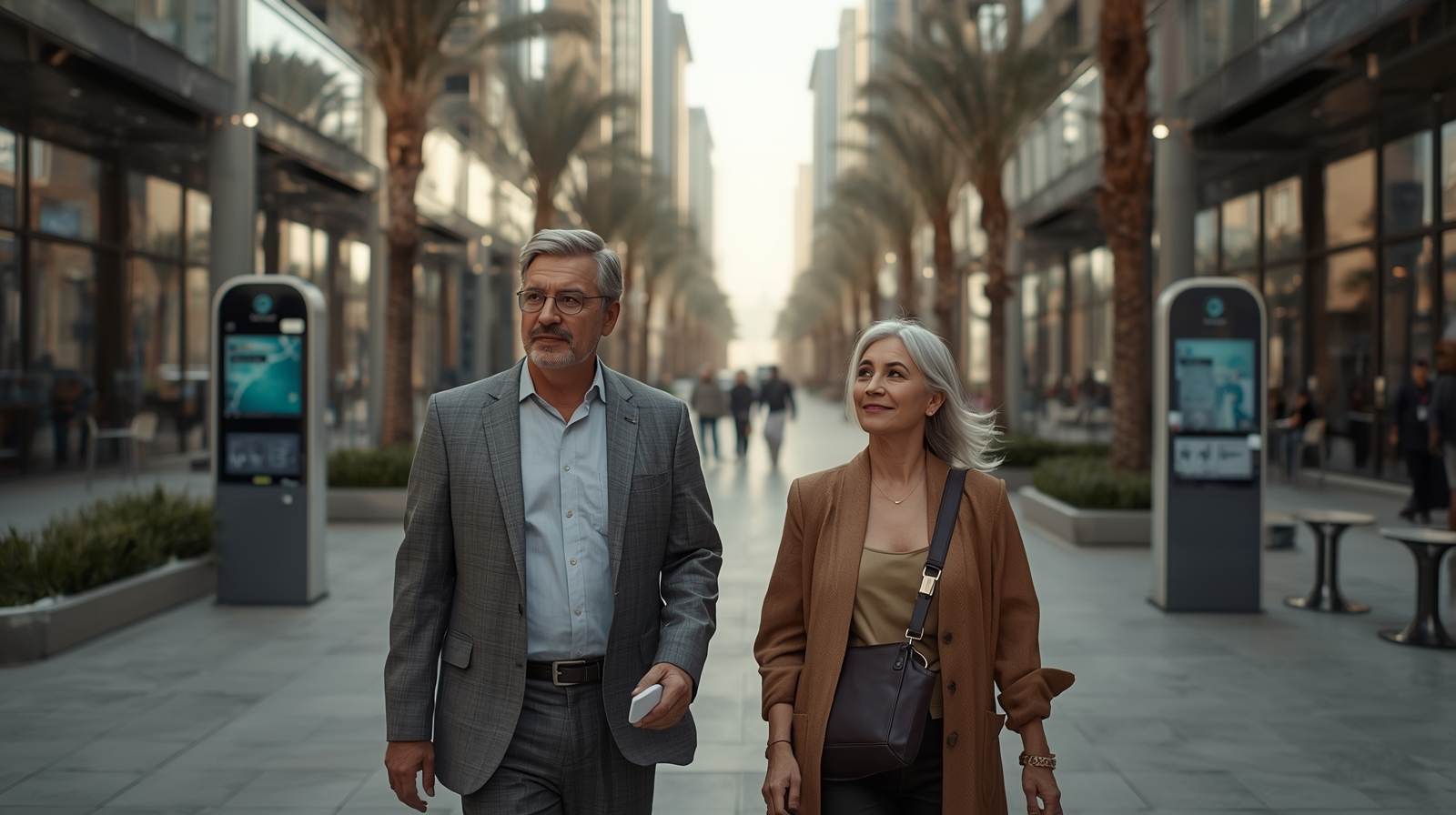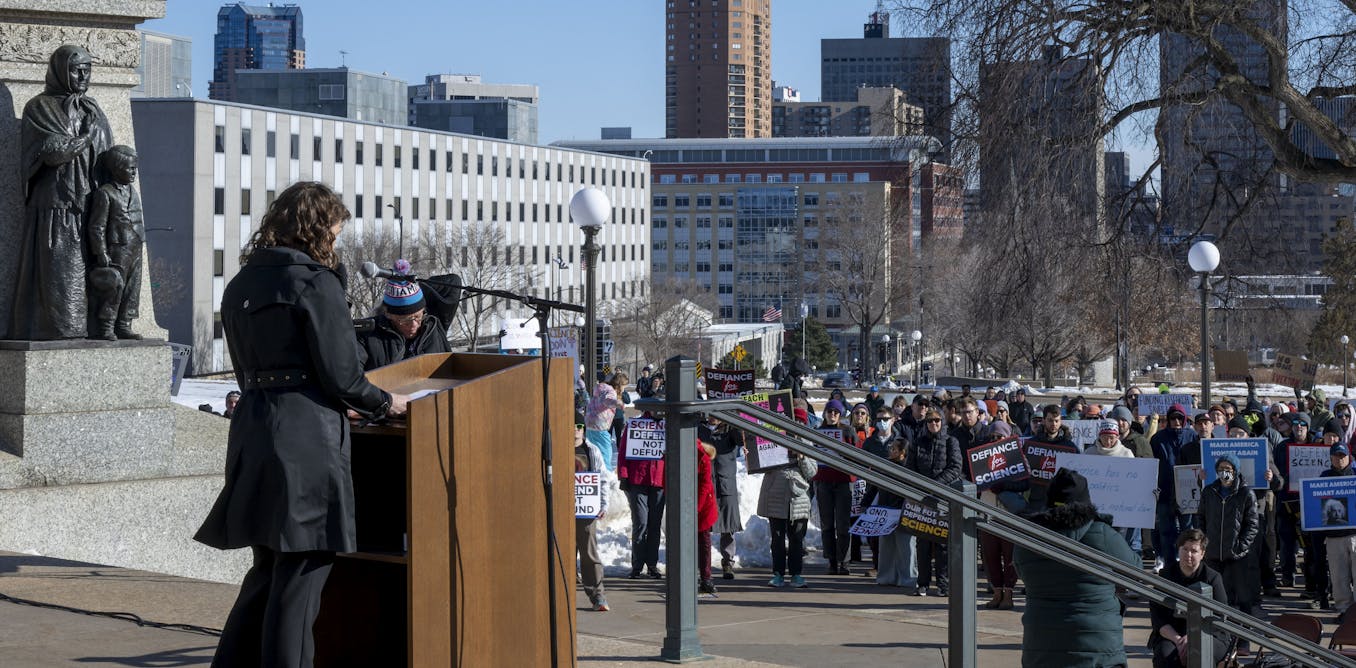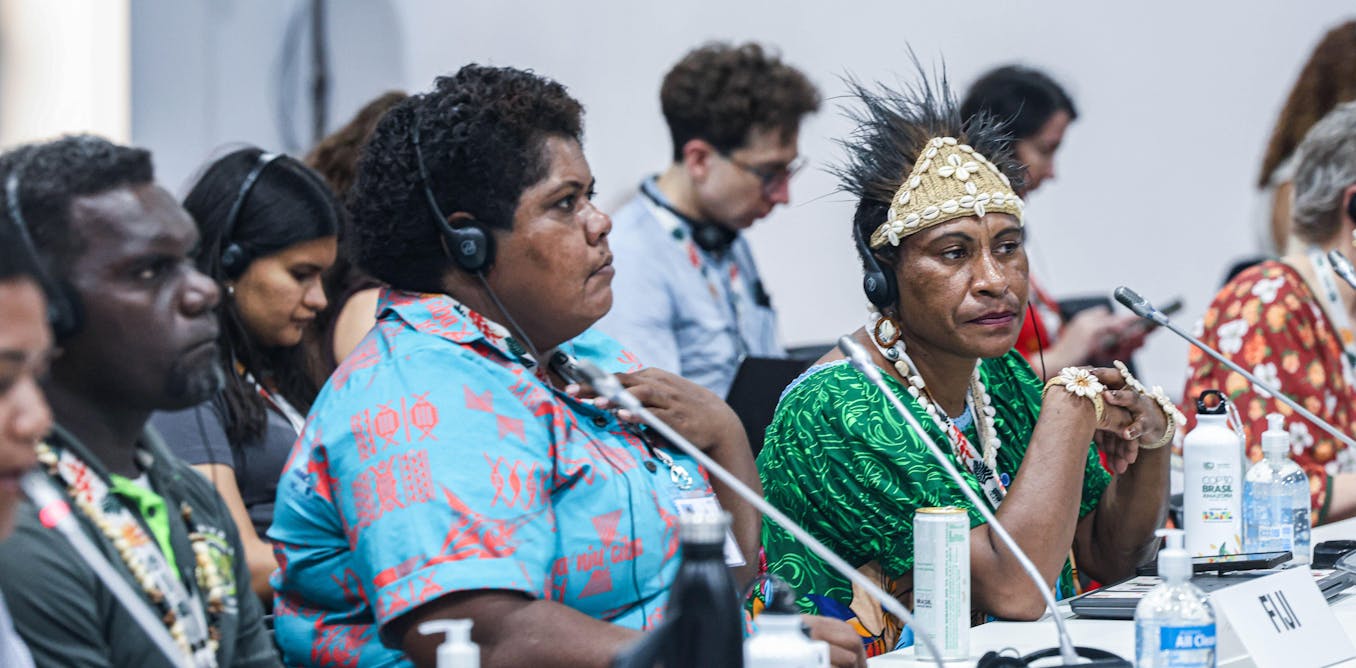A 170-kilometer corridor city promises “15‑minute living,” zero commutes, and sustainability. But what is the hidden cost for its residents’ freedom?
A Vision Rising in the Desert
In the northern desert of Saudi Arabia, Crown Prince Mohammed bin Salman is showcasing what he calls humanity’s urban future. Neom — and at its heart, the audacious project known as The Line — is promoted as a 170‑kilometer city without cars, without pollution, and without chaos. Housed inside a pair of mirrored walls, it aspires to accommodate up to nine million people in an ultra‑densified strip of life and infrastructure.
The marketing is spectacular: dazzling renderings of a post‑carbon utopia fueled by clean energy and artificial intelligence. A single line etched into the desert landscape that redefines the very idea of a city. Yet behind the glossy 3D videos and futuristic slogans, tough questions emerge: what does it really mean to live in such a place — and how much of our humanity survives when every aspect of life is designed, monitored, and optimized?
Beyond the Limits of Scale
The Line is envisioned as two parallel skyscrapers, each 500 meters tall and clad in reflective glass, with a width of just 200 meters. Life inside would unfold vertically: homes, schools, hospitals, shops, sports arenas, and government offices stacked in tiered levels forming a continuous urban wall.
Planners claim every resident will be within a five‑minute walk of essential services, while a high‑speed rail will whisk passengers from end to end in just twenty minutes. The entire system is advertised as being powered by renewable energy — with a promise of net‑zero carbon emissions.
Beyond sustainability, Saudi officials see Neom as a geopolitical symbol: a showcase that the Kingdom can transition beyond oil and rebrand itself as a global leader in high‑tech urbanism.
The Promise of a Designer Life
In the aspirational narrative, life inside The Line will be sleek and frictionless. No traffic jams, no noise, no exhaust fumes. AI systems will manage healthcare with predictive algorithms, buildings will “learn” the habits of occupants, and energy use will be optimized across the board.
In short, its designers propose a city that serves its residents like a perfectly tuned machine — erasing messy inefficiencies of traditional urban life.
The Price of Perfection
But how human is such an engineered world? Critics warn of profound trade‑offs:
– Privacy: To live in a fully digitized city is to be constantly tracked — movements, purchases, even biological data. The very notion of a private life could vanish.
– Psychological impact: A corridor‑city hemmed in by mirrored walls, devoid of open horizons, and stripped of organic, unpredictable spaces may bring unfamiliar strains to mental health. Cities thrive on happenstance — the corner café, the random square — not just rigid design.
– Algorithmic control: When mobility, consumption, and public services are dictated by AI, the citizen becomes less of an autonomous actor and more of a system “user.” And the critical question remains: who writes the code that governs daily life?
The risk is that human spontaneity — the essence of freedom — is swallowed by a programmed normality.
A Global Test Case
If built as planned, Neom would be the most radical urban experiment on Earth. Advocates hail it as a bold leap toward sustainability. Detractors call it a “digital prison,” an advanced form of surveillance established on a metropolitan scale.
What’s certain is that Neom will not be just a Saudi story. Should it succeed, governments elsewhere may be tempted to replicate its principles — potentially transforming cities as we know them. Streets, squares, and neighborhoods could give way to enclosed systems where convenience is traded for control.
What Comes Next
The debate over Neom forces us to confront a larger question: what truly defines a city? Is it infrastructure and efficiency, or the freedom to move, gather, and improvise? And in a world where algorithms increasingly govern civic life, can a “perfectly designed” city still remain a human one?
In the next chapter of this investigation, we turn to Europe. Cities like Barcelona, Vienna, and Helsinki are pursuing a softer version of the “smart city” model. The question there is whether Europe can strike a balance between innovation and safeguarding fundamental rights.

































Leave a Reply